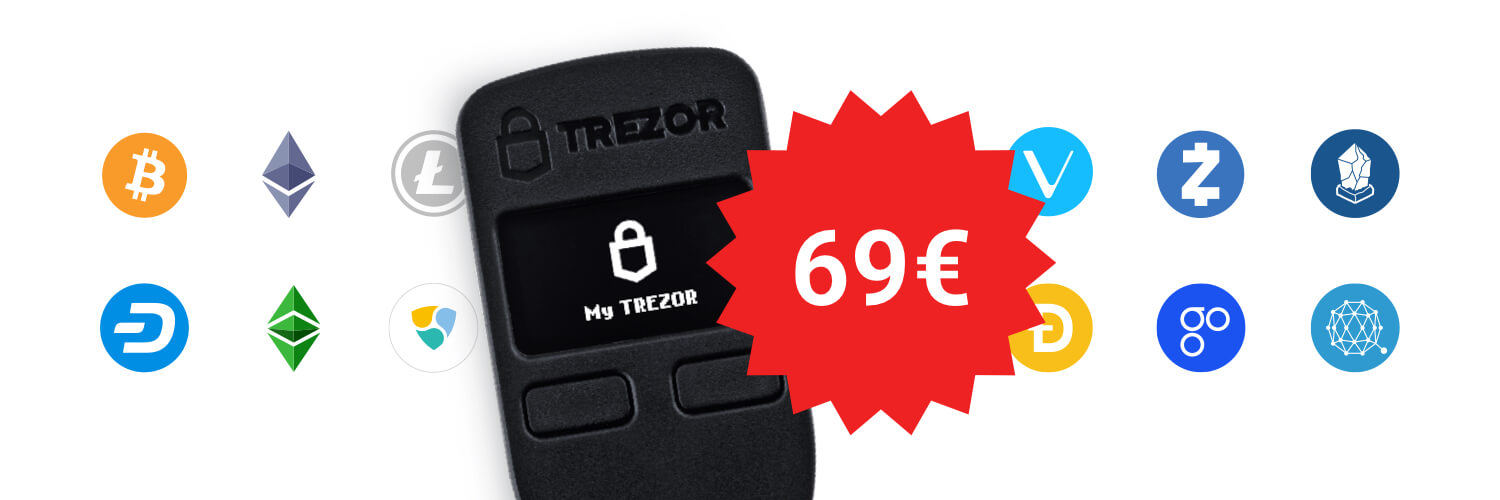As we know, Bitcoin is a peer-to-peer payment network. Its developers designed its protocol so that it enables users to execute irrevocable transactions without the use of a third party. Any two users are able to make a secure transaction directly between them with the help of the network. Transactions from the network’s node are part of blocks which contain all the history of the tokens used in them. This history serves the purpose of validating transactions; but, since it is very extensive, this validation requires high amounts of processing and therefore electric power. In the following text, we will analyze the protocols that allow Bitcoin to function with ease and security.
The basis of the Bitcoin protocol
A protocol is a set of rules that govern how a system functions. The Bitcoin protocol is the basis of the whole system, and it has an open-source code. All of the clients in the network have to follow this protocol in order to participate in the network. In a network, a client is anyone involved in communication and data exchange. The Bitcoin network is a peer-to-peer network (P2P) of all active clients in which clients communicate directly – not via a central server – and each is both a data recipient and a data provider.
To allow sending and receiving payments to or from a Bitcoin address, each participant must have an account identifier. Each subscriber has a private key and a public key that derives from it; this public key is an address. A bitcoin address is 34 characters, and it is a unique string consisting of letters and numbers. For example, a Bitcoin address could look like this: 162ofeqVgtq9egFFF26UUpzJKfCAkiHvrk. The aforementioned private key is a secret string that confirms the right to spend Bitcoin from a specific wallet using a cryptographic signature. Private keys must never be revealed as they allow you to use Bitcoin from the relevant Bitcoin wallet. A bitcoin wallet is hardware or software that enables clients to own bitcoins, create, and receive transactions.
There are four types of Bitcoin wallets:
Software wallet: It is a computer program that lives in your computing device and stores all of the relevant information of your Bitcoin accounts.
Mobile wallet: This is very similar to a software wallet (in fact, it is), but the main difference is that the program runs on your mobile phone. This has the obvious advantage of portability and can include functions such as QR code payments.
Web Wallet: These wallets store your information on service providers’ servers. They are practical because you can access them from any connected device; but you have to consider that your assets are in the hands of your selected website, so be careful. The most widely used is Coinbase.
Paper wallet: Having a paper wallet only means that you have written your public and private keys in a physical piece of paper. This can be the safest option since it is in no way connected to the Internet, but you need to be careful to keep it safe from prying eyes.
So, how do coins get transferred from one wallet to another?
The basis of the whole Bitcoin protocol is Blockchain technology. Blockchain is a public database of all executed transactions. It ensures maximum transparency for the whole system, and each user can find out the status of any wallet in the Bitcoin network. This does not mean that coins are available to anyone though; to spend them you need a private key or signature. A signature or cryptographic key is a string of numbers and letters that confirms the ownership of the coins. Every Bitcoin account has a corresponding private key. Once the software signs a transaction with the appropriate private key, the entire network sees that the signature matches and the Bitcoins move from one owner to another.
In Bitcoin, it is necessary to ensure that nothing about the original data is apparent by looking at the information transmitted, so the functions must behave randomly. Since the information is cryptographic, miners perform the work of un-scrambling this information and verifying its validity. At the same time, it must ensure that the same impressions are not produced for two different inputs. Such a service must, therefore, be simple to calculate and difficult to find an inverse.
If you want to find out more, take a look here: https://en.wikipedia.org/wiki/Bitcoin_network








